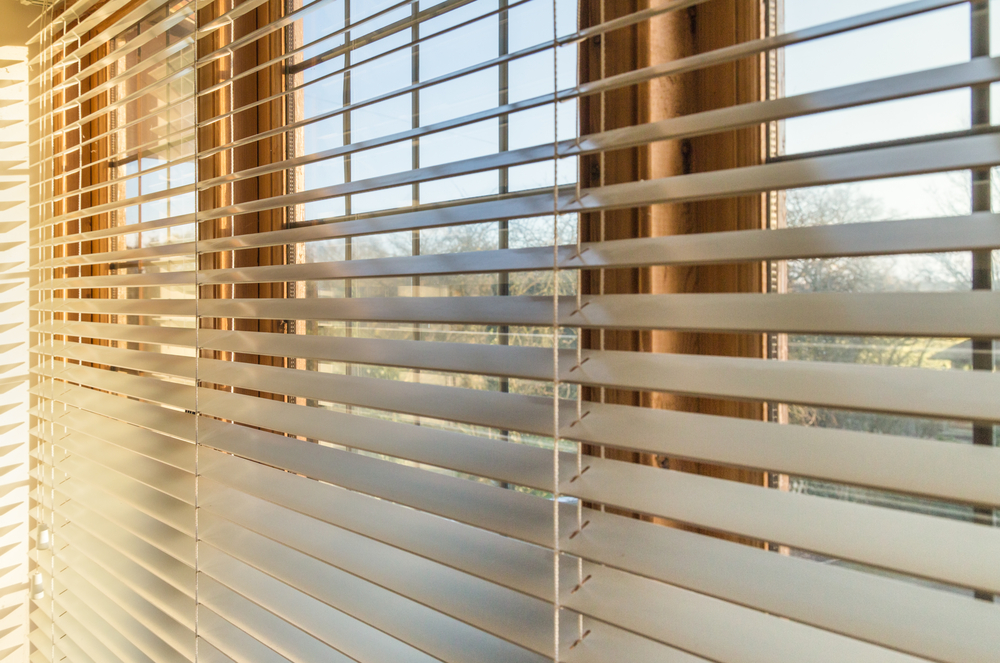6 Types of Window Blinds to Choose From
Window blinds have been around for a long time, close to two centuries to be specific. They add to the décor of the room and they are very useful. They cover your windows and you can modify them in line with your needs. The most prominent need is the amount of heat or air you require in the room.
Choices are so good when they are available but they can also lead to a bit of confusion. Generally, window blinds are confused with other types of window covers such as shutters.
This leaves us with a necessity to know the different types of window blinds that are available.

Roller blinds
These window blinds are a choice for many homeowners. Unlike the typical blinds which use slats, roller blinds use fabric and it is a fabric cut out into a single piece. They use a metal rod to wrap the fabric and a cord for their operation. They can fit in any window size and they add a lot of style to the environment. You can choose from a wide range of colors, fabrics, and designs that fits your expectation. Motorized blinds make things easy.
Persian blinds
Known as one of the oldest window blinds in the world, the Persian blinds use horizontal slats.
These window blinds have their modern version as well and they are quite popular. Made out of vinyl, these are joined to each other using strings, but with an equal amount of space between. These strings that connect the slats are connected together and they are suspended from one of the ends. The suspended strings are used to rotate the slats to any degree that you want. 170 degrees is the greatest angle to which they rotate.
Venetian blinds
Another popular form of blinds, they are often confused with Persian blinds as they look similar. The similarity is the result of identical structures, operation and make. Some argue that they are both the same.
Vertical blinds
As the name suggests, these window blinds use verticals slats. The method of operation remains similar to a Venetian or Persian model. The vertical blinds are good for windows and doors as they come in good heights. Many corporate settings use these blinds as many offices have transparent walls. Privacy can be attained when vertical blinds are attached.
Pleated blinds
Though the looks of a pleated blind may be familiar to a Persian and Venetian one, they are definitely different. Unlike the slats which rotate in a Persian or Venetian, pleated blinds cannot do that. They can be either raised or lowered. The covering is made of fabric and it has pleats, hence the name. Though not as popular as the rest of the blinds, pleated blinds are still demanded by few homeowners.
Roman blinds
Roman blinds are always followed by the word elegant because they are very beautiful and artistic. They use fabrics which have a lining connected to cords. These cords are used for raising and lowering. With a little similarity to a pleated blind, Roman blinds can either close your window completely or they can be raised to a particular level. The fabric does not let any sunshine or air through it.
These are some of the types of window blinds that are available.
However, you must be careful as there have been unfortunate incidents. Blinds (especially the ones that use strings or cords) have resulted in the deaths of many children in the US. It is extremely important to have blinds which do not cause serious damage to your little ones when they are not under your supervision.
Make sure to consider all this information before you make the final choice.

